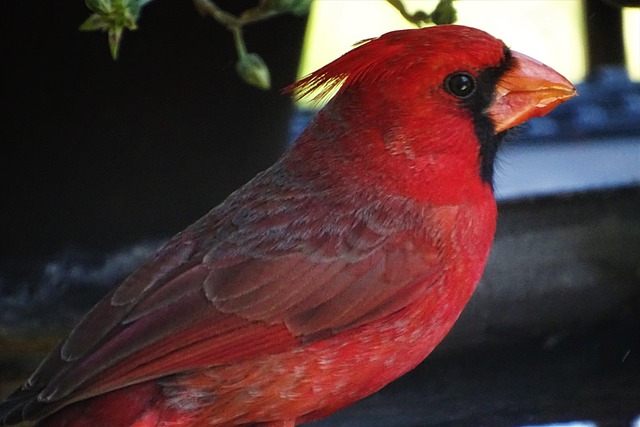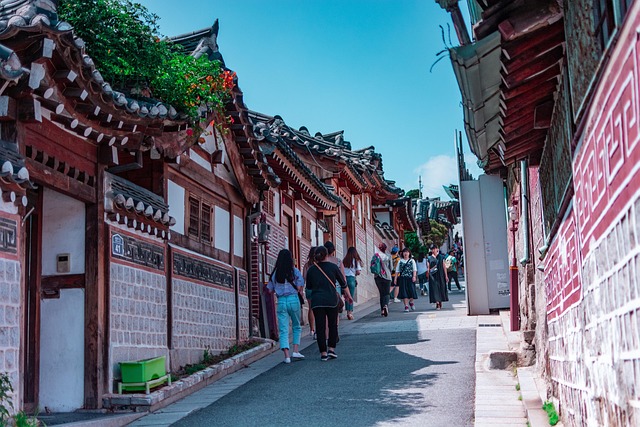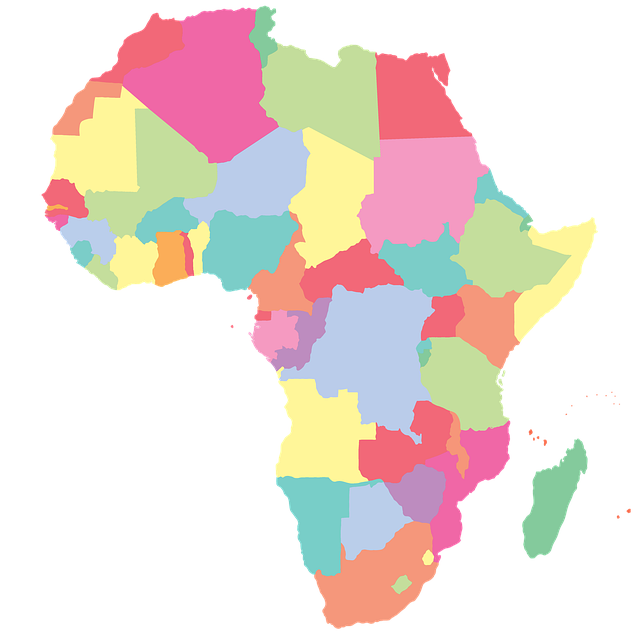A strong neighborhood identity significantly impacts the real estate market by driving property values and desirability. Residents' sense of belonging fosters higher investment, as people seek communities offering security and unique lifestyles beyond physical homes. Real estate agents and investors recognize this social aspect, understanding that vibrant neighborhoods with distinct characters create competitive advantages. Investing in local events, community gardens, and shared spaces enhances community spirit, contributing to the overall health and sustainability of the real estate sector. Developers play a crucial role in creating environments where residents feel connected, through initiatives like community events, art installations, and shared green spaces, strengthening neighborhood identities and unity.
Strong neighborhood identity is a powerful force fostering unity and enhancing real estate values. In today’s diverse communities, understanding the impact of local culture on property development is key to creating thriving, connected spaces. This article explores how developers can cultivate strong neighborhoods through strategic initiatives. We present practical strategies for building community and successful case studies that demonstrate the positive correlation between neighborhood identity and real estate success. Discover how these approaches are revolutionizing urban living.
Understanding the Impact of Neighborhood Identity on Real Estate

A strong neighborhood identity can significantly influence the real estate market in a given area. When residents feel a deep sense of belonging and unity, it often translates into higher property values and increased desirability. This is because people are not just buying a house; they’re investing in a community that offers security, camaraderie, and a unique lifestyle. A vibrant neighborhood identity can become a key selling point for properties, attracting buyers who seek more than just four walls—they crave a sense of place and connection.
Real estate agents and investors recognize the value of these social aspects. They understand that a thriving community with a distinct character can drive market trends and create a competitive edge. As such, investing in initiatives that foster neighborhood identity, like local events, community gardens, or shared public spaces, can ultimately contribute to the overall health and sustainability of the real estate sector in those areas.
Building a Strong Community: Strategies for Fostering Unity

In any real estate market, a strong neighborhood identity is a key factor in fostering unity and community spirit. This starts with creating an environment where residents feel a sense of belonging and connection to their surroundings. Initiatives such as community events, local art installations, and shared green spaces can bring folks together and encourage social interactions.
Real estate developers play a crucial role in cultivating this unity by designing neighborhoods that prioritize communal areas and amenities. From well-maintained parks and playgrounds to vibrant street fairs and neighborhood watch programs, these features nurture a sense of security and camaraderie among residents. Encouraging local businesses and community organizations to thrive further bolsters the sense of identity and unity within the neighborhood.
Case Studies: Successful Examples of Neighborhood Unity in Real Estate Development

In the realm of real estate development, fostering strong neighborhood identities has become a key strategy to create thriving communities. Successful examples across the globe showcase how thoughtful planning and design can enhance social cohesion. For instance, in urban areas like Amsterdam, developers have revitalized former industrial sites into mixed-use neighborhoods with shared green spaces and community centers. This approach encourages interaction among residents from diverse backgrounds, fostering a sense of belonging and unity.
Another notable case is the development of “smart cities” where technology is integrated into everyday life, enhancing connectivity among neighbors. Such initiatives include digital sharing platforms for local resources and events, enabling easier communication and collaboration. These examples demonstrate that by prioritizing community engagement and inclusive design in real estate projects, developers can contribute to building cohesive neighborhoods where residents actively participate in each other’s well-being.






